Some cars are just a disaster on Kenyan roads and you’re better off avoiding them. Some come with engines that tend to die suddenly while others have endless gearbox problems. Among the cars to avoid in Kenya are those that cost an arm and a leg to maintain because they will make you a pauper in no time.
Here is the full list of the cars to avoid in Kenya and why you should shun them:
1. Toyota Caldina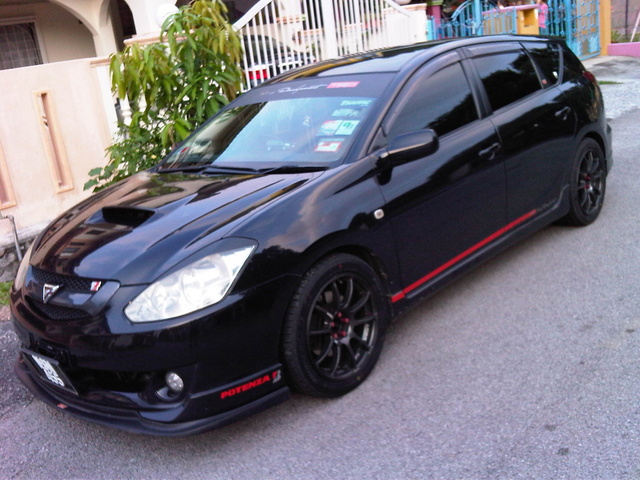
This car’s Achilles heel is its poorly constructed electrical systems. It’s also known to have teething engine problems.
The manufacturers have also gotten the fuel economy all wrong as they have done numerous other segments.
No wonder it has a negligible resale value.
2. Ford Focus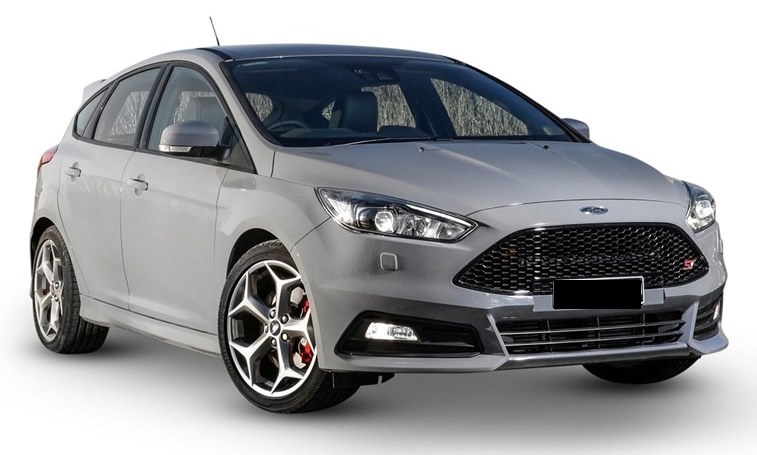
This car has in the past experienced massive transmission problems. Other possible factors include the higher repair costs because of parts scarcity locally and the challenges with its ignition system.
It’s unsurprisingly not one of the most popular cars in Kenya.
3. Land Rover Freelander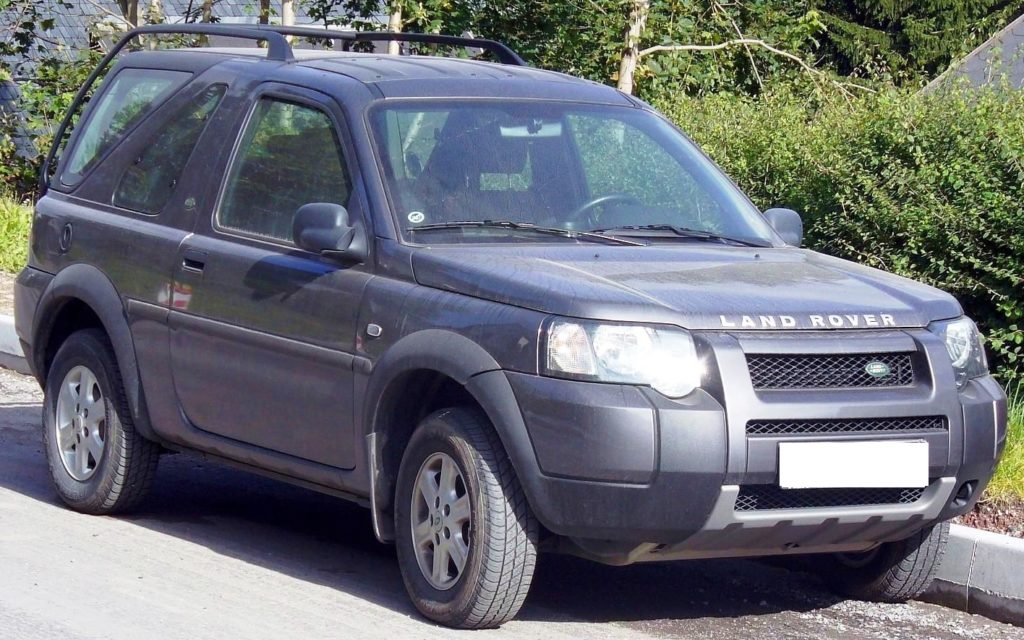
Despite having the looks to give any car a hard run for its money, this has been nothing short of a catastrophe.
One of these has been parked near my home and when I asked the owner, he gave me a long list of the vehicle’s ills..
Badly designed fuel pumps, constant overheating, and even a malfunctioning handbrake, Freelanders have no shortage of issues.
4. Toyota Prius Hybrid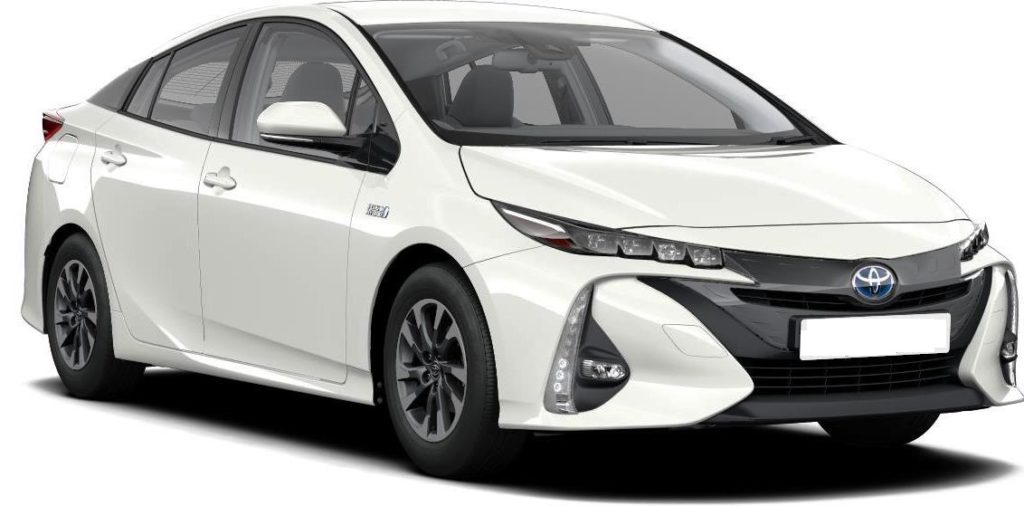
The Toyota Prius is no doubt the market leader when it comes to fuel efficiency thanks to its ability to run on its electric motor if you run out of fuel..
This is what has made it quite popular amongst buyers worried about fuelonomics.
However, and despite the best intentions of its designers, the car has notable transmission problems that have seen some owners sell it off just a few months after purchase.
Of course, it’s not the worst Toyota car but the cost of replacing the transmission system is prohibitive and a potential turn off.
5. Nissan B15
The Nissan B15 is widely regarded as one of the cars to avoid in Kenya with many criticizing its engine for its tendency to overheat.
It’s not an expensive car but that cannot hide the fact that the Nissan engineers messed it big time.
The car’s wiring system is also extremely frustrating.
6. Nissan Navara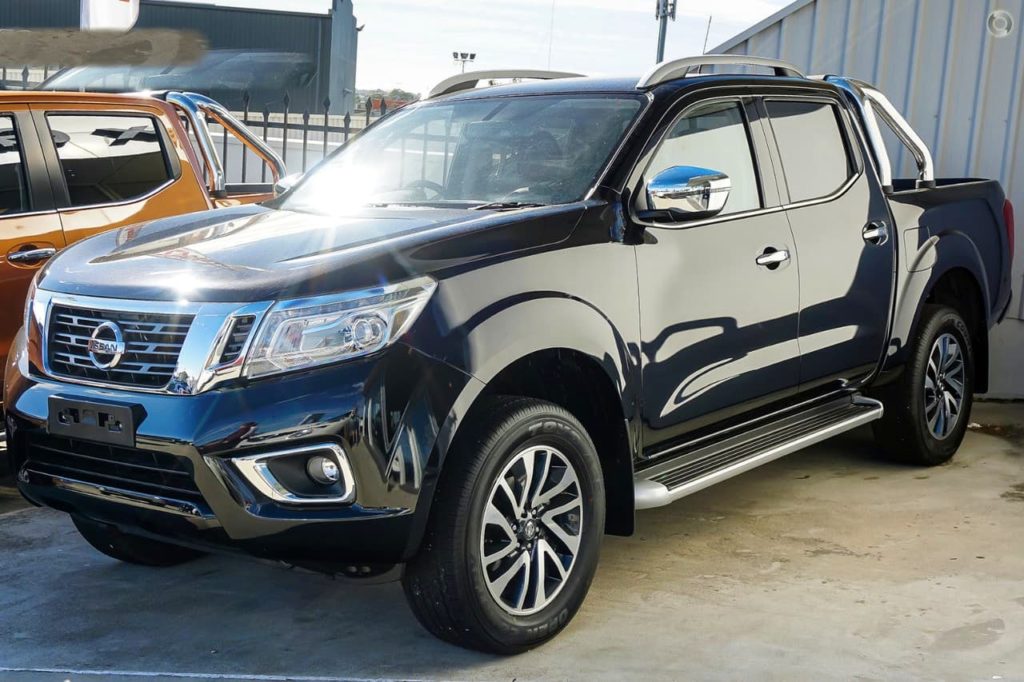
Nissan Navara is a great 4×4 double cab pickup to drive and feels good on the road. Unfortunately, the honeymoon doesn’t last due to prominent flaws in its construction which makes it perform dismally on Kenyan roads.
Some owners sight the regularly failing ECUs and a comparatively delectable body (The body isn’t as robust as let’s say the Isuzu DMAX) as some of the reasons why this is one of the cars to avoid in Kenya
7. Mitsubishi lancer GDI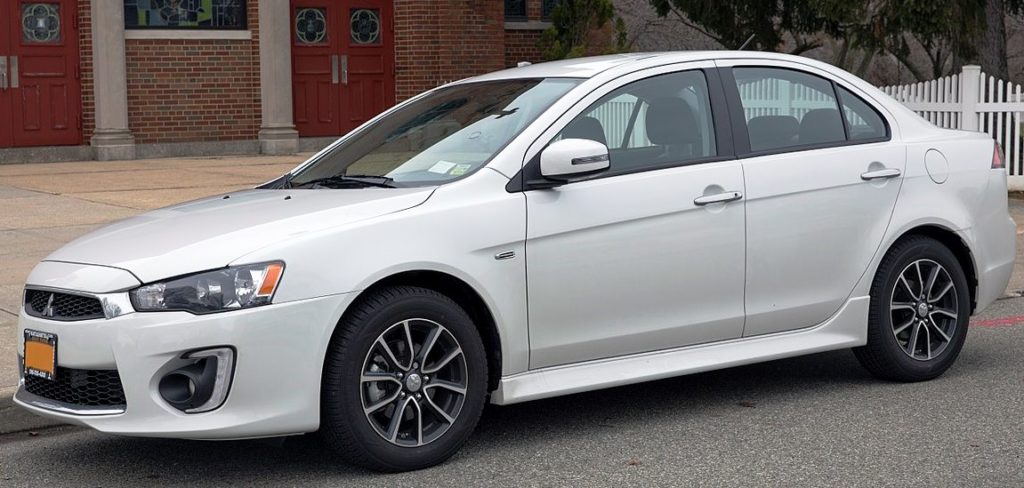
This will convert you to a cash cow for your mechanic. Reason?
Unless it’s in tip top condition, this car often problems idling problem with the engine error light coming up intermittently.
This may result in persistent engine breakdowns.
Prepare for constant engine replacements if this is your dream car.
8. Nissan Murano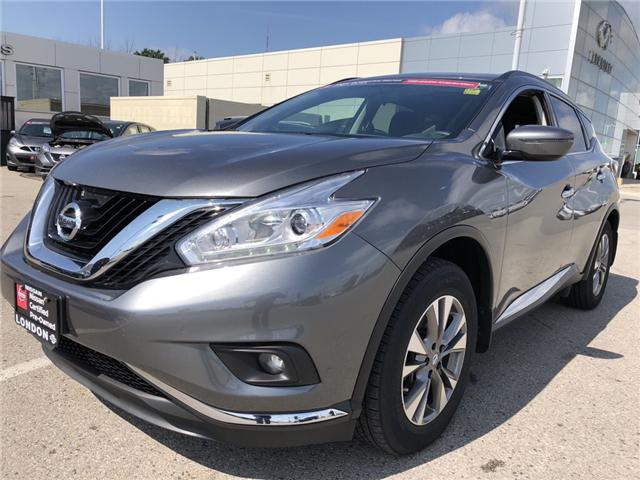
The second Nissan to make it to this infamous list of the cars to avoid in Kenya is the cute Nissan Murano courtesy of its annoying engine.
You see, its engine somehow refuses to restart after you switch it off especially in the midst of long travels.
You mechanic will run the moment you mention it’s failing to start.
9. Volkswagen Touareg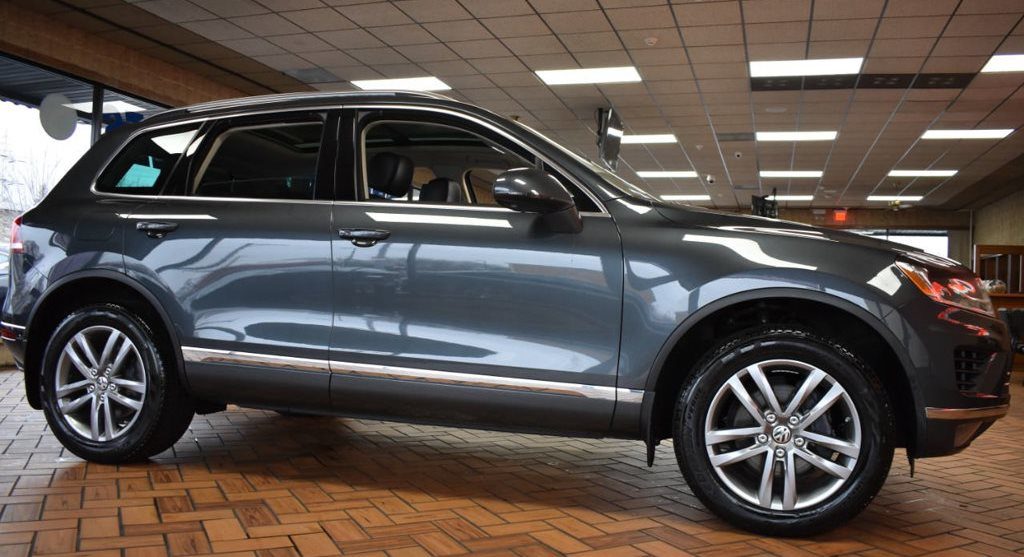
The major complaint against Touaregs is its weak center support bearings. The Electrical system is also unreliable as is the transmission in some rides.
10. Mercedes Benz GL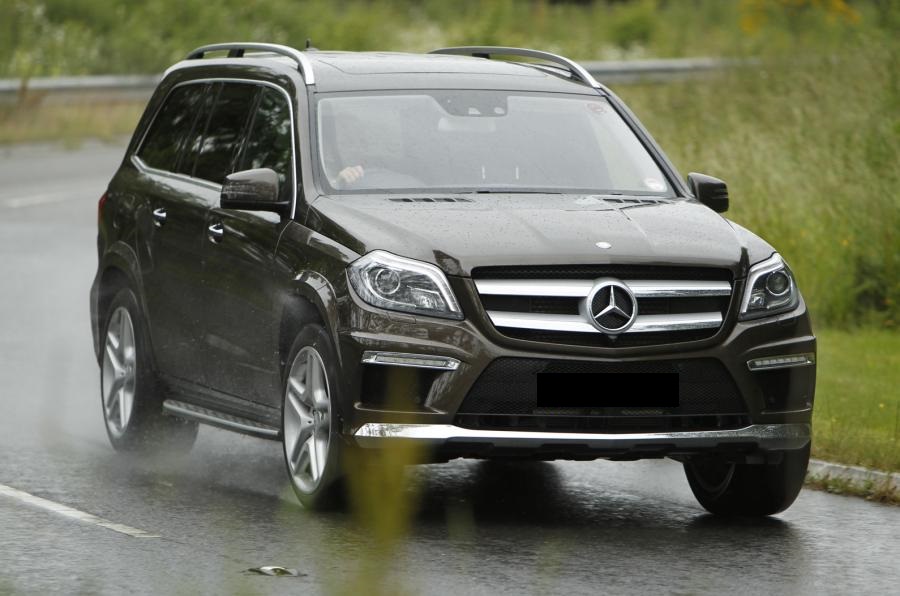
Topping the list of the issues in this luxury SUV car is the rough shifting problem when going from one gear to the next and occasionally, premature failure of the ABS (anti-lock brake system).
This makes it a maintenance time bomb and another of the cars to avoid in Kenya if you want peace of mind.
Final thoughts
We recognize that there is always a chance of you getting a gem of a car for your beloved type of vehicle with due diligence.
That being said, exercise extra caution if considering the vehicles named in our list of cars to avoid in Kenya as they end up disappointing you.
The number of negative reviews they attract from past buyers should be a sufficient red flag.
